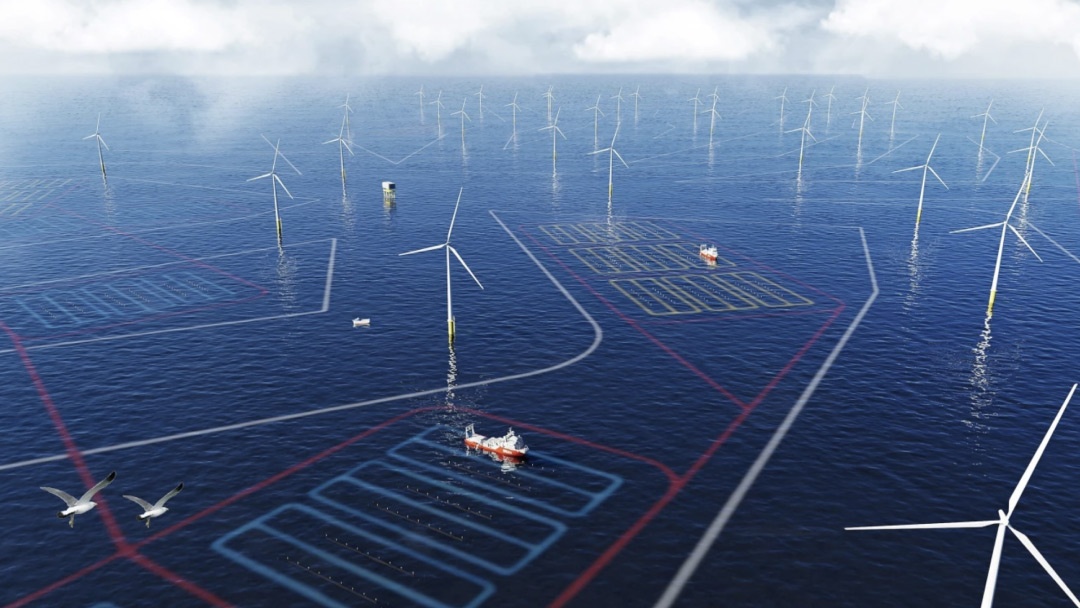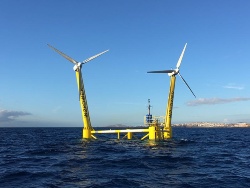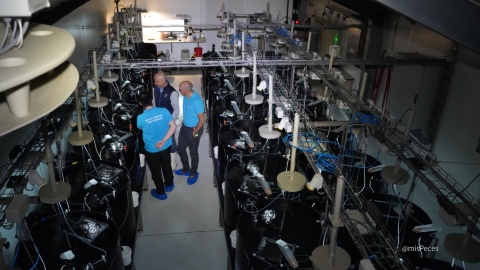
A study conducted by a team of scientists led by Gordon J. Watson from School of Environmental and Life Science of the University of Portsmouth, in United Kingdom, has identified a significant risk of trace element contamination from offshore wind turbines, posing threats to marine ecosystems and aquaculture operations.
According to the findings, offshore wind turbines release substantial amounts of trace elements such as aluminium, zinc, and indium into marine environments. These elements, although vital for protecting turbines from corrosion, are entering marine ecosystems in considerable quantities. They can accumulate in aquaculture species such as oysters, mussels, and kelp, particularly when these are co-located with offshore wind farms. This bioaccumulation could result in trace element levels exceeding safe consumption thresholds if contamination levels rise.
Currently, offshore wind farm operations in Europe contribute approximately 3,219 tonnes of aluminium, 1,148 tonnes of zinc, and 1.9 tonnes of indium each year—a figure projected to increase twelvefold by 2050 as offshore wind capacity expands.
The research also highlights significant gaps in environmental monitoring and regulation. Environmental Impact Assessments (EIAs) carried out before offshore wind farm construction often fail to consider the long-term release of trace elements. Furthermore, post-construction monitoring is uncommon, resulting in a lack of data to evaluate ongoing risks.
To mitigate these risks, the study recommends several measures, including transitioning to advanced corrosion-protection systems, such as Impressed Current Cathodic Protection, which can drastically reduce trace element emissions.
It also suggests applying protective coatings to turbine structures, although further research is needed to assess the potential toxicological effects of these coatings. The study proposes extending environmental monitoring to cover the operational and decommissioning phases, as well as establishing robust thresholds for trace elements in aquaculture products to safeguard consumers and support the sustainability of the industry.
Offshore wind farms remain a cornerstone of global renewable energy strategies, with Europe aiming for 354 GW of capacity by 2050. However, as this study reveals, the environmental trade-offs of offshore wind farm expansion must be carefully managed to balance climate goals with the health of marine ecosystems.
As nations advance towards decarbonisation, this research serves as a crucial reminder: sustainable development demands a holistic approach that considers both the benefits and potential risks of emerging technologies.



